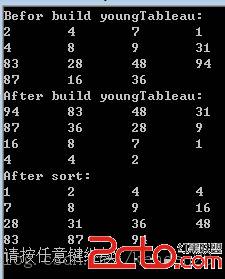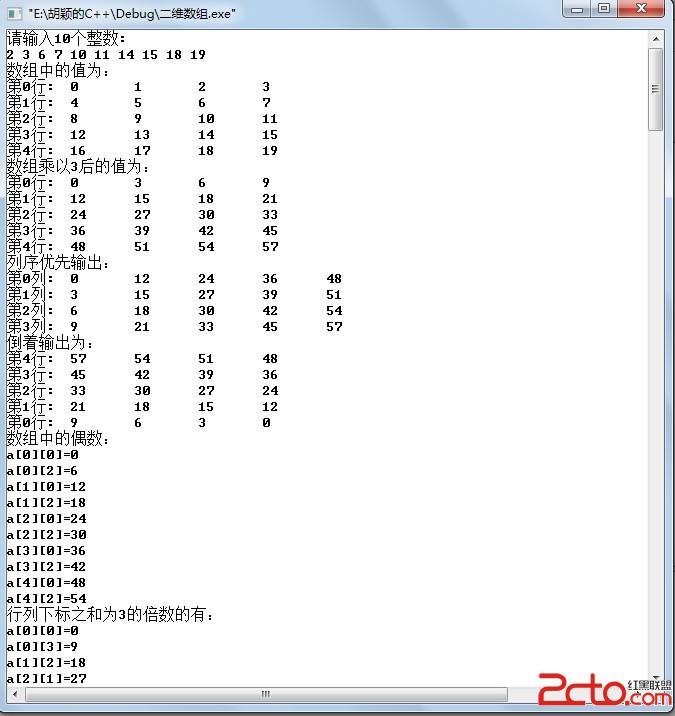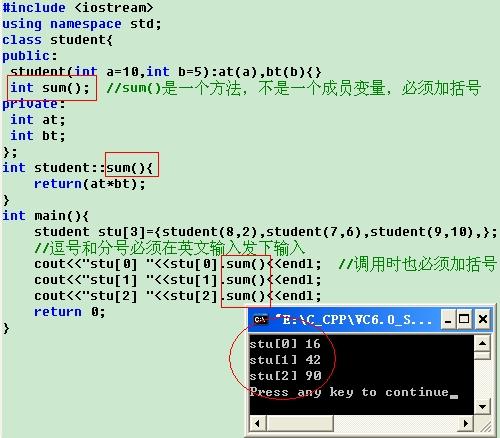网络流 1009
Optimal MilkingTime Limit : 4000/2000ms (Java/Other) Memory Limit : 60000/30000K (Java/Other)
Total Submission(s) : 5 Accepted Submission(s) : 2
Problem Description
FJ has moved his K (1 <= K <= 30) milking machines out into the cow pastures among the C (1 <= C <= 200) cows. A set of paths of various lengths runs among the cows and the milking machines. The milking machine locations are named by ID numbers 1..K; the cow locations are named by ID numbers K+1..K+C.
Each milking point can "process" at most M (1 <= M <= 15) cows each day.
Write a program to find an assignment for each cow to some milking machine so that the distance the furthest-walking cow travels is minimized (and, of course, the milking machines are not overutilized). At least one legal assignment is possible for all input data sets. Cows can traverse several paths on the way to their milking machine.
Input
* Line 1: A single line with three space-separated integers: K, C, and M.
* Lines 2.. ...: Each of these K+C lines of K+C space-separated integers describes the distances between pairs of various entities. The input forms a symmetric matrix. Line 2 tells the distances from milking machine 1 to each of the other entities; line 3 tells the distances from machine 2 to each of the other entities, and so on. Distances of entities directly connected by a path are positive integers no larger than 200. Entities not directly connected by a path have a distance of 0. The distance from an entity to itself (i.e., all numbers on the diagonal) is also given as 0. To keep the input lines of reasonable length, when K+C > 15, a row is broken into successive lines of 15 numbers and a potentially shorter line to finish up a row. Each new row begins on its own line.
Output
A single line with a single integer that is the minimum possible total distance for the furthest walking cow.
Sample Input
2 3 2
0 3 2 1 1
3 0 3 2 0
2 3 0 1 0
1 2 1 0 2
1 0 0 2 0
Sample Output
2
题意:奶牛要走到产奶机器,每头牛只能到一个产奶机,每个机器有一定的容量。问走的最远的牛所走的最短路径是多少。
思路:floyd求最短路,二分答案,网络流求解。先求出点直接的距离。选择出路径的上界作为二分的上界,(开始的时候二人上界搞错了,wa了几次)。
建边:源点与牛建边,容量为1,机器与汇点建边,容量为机器的容纳量。牛与机器之间,距离小于二分的答案的两点建一条边。sap判断是否符合,符合改变上下界大小,最后输出结果即可。每次二分的一个答案重新建边时要重新初始化NE与head函数。开始的时候忘了,o(╯□╰)o……
[cpp]
#include<iostream>
#include<algorithm>
#include<cstdio>
#include<cstring>
#define max(a,b) ((a)>(b)?(a):(b))
using namespace std;
const int N=420;
const int M=82000;
const int INF=99999999;
int n;
int gap[N],dis[N],pre[N],head[N],cur[N];
int map[N][N];
int NE,NV;
struct Node
{
int pos,next;
int c;
} E[M];
#define FF(i,NV) for(int i=0;i<NV;i++)
int sap(int s,int t)
{
memset(dis,0,sizeof(int)*(NV+1));
memset(gap,0,sizeof(int)*(NV+1));
FF(i,NV) cur[i] = head[i];
int u = pre[s] = s,maxflow = 0;
int aug =INF;
gap[0] = NV;
while(dis[s] < NV)
{
loop:
for(int &i = cur[u]; i != -1; i = E[i].next)
{
int v = E[i].pos;
if(E[i].c && dis[u] == dis[v] + 1)
{
aug=min(aug,E[i].c);
pre[v] = u;
u = v;
if(v == t)
{
maxflow += aug;
for(u = pre[u]; v != s; v = u,u = pre[u])
{
E[cur[u]].c -= aug;
E[cur[u]^1].c += aug;
}
aug =INF;
}
goto loop;
}
}
if( (--gap[dis[u]]) == 0) break;
int mindis = NV;
for(int i = head[u]; i != -1 ; i = E[i].next)
{
int v = E[i].pos;
if(E[i].c && mindis > dis[v])
{
cur[u] = i;
mindis = dis[v];
}
}
gap[ dis[u] = mindis+1 ] ++;
u = pre[u];
}
return maxflow;
}
void addEdge(int u,int v,int c )
{
E[NE].c = c;
E[NE].pos = v;
E[NE].next = head[u];
head[u] = NE++;
E[NE].c = 0;
E[NE].pos = u;
E[NE].next = head[v];
head[v] = NE++;
}
int ans;
void floyed()
{
for(int k=1; k<=n; k++)
for(int i=1; i<=n; i++)
{
&nb
补充:软件开发 , C++ ,- 更多C/C++疑问解答:
- 关于c++的cout输出的问题。
- 在学校里学过C和C++,不过学的很一般,现在自学C#,会不会很难?
- 全国计算机二级C语言笔试题
- 已知某树有2个2度结点,3个3度结点,4个4度结点,问有几个叶子结点?
- c++数据结构内部排序问题,整数排序
- 2012九月计算机二级C语言全国题库,,急求急求
- 如果assert只有一个字符串作为参数,是什么意思呢?
- C语言中,哪些运算符具有左结合性,哪些具有右结合性,帮忙总结下,谢谢了!
- 为什么用结构体编写的程序输入是,0输不出来啊~~~
- 将IEEE—754的十六进制转化为十进制浮点类型,用C或C++都行,多谢各位大侠啊,非常感谢!
- 为什么这个程序求不出公式?
- 这个链表倒置的算法请大家分析下
- c语言函数库调用
- C语言unsigned int纠错
- C语言快排求解啊





